All Star Line Up
Click on a Star to View...
You might also be interested in:
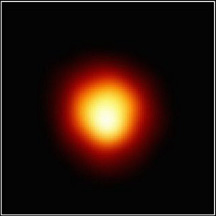
What's in a Name: Arabic for "shoulder of the giant". Could also mean "hand of al-jauza" where al-jauza is the Arabs' "Central One". Also known as the Martial Star. Claim to Fame: First star seen as a
...more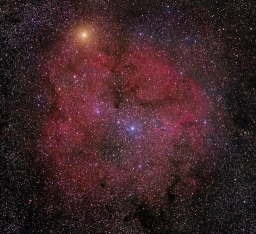
What's in a Name: Known as the "Garnet Star" because of its deep red color - one of the most intensely colored stars ever recorded when viewed through a telescope. Claim to Fame: Famous variable star.
...more
What's in a Name: Latin for Wonderful Claim to Fame: Humans have been watching this star with interest for over 300 years. It changes its luminosity over a 332 day period by both shrinking and cooling.
...more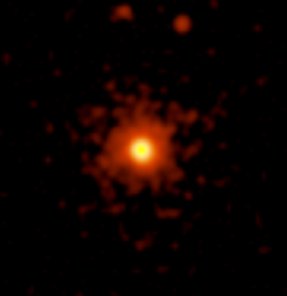
What's in a Name: Proxima means "closest" because it is currently the closest star to the sun. Claim to Fame: The nearest member of a triple star system which is the closest system to the sun. Type of
...more
What's in a Name: Arabic for "the swooping [vulture]". Called the Vulture star during ancient times in the Middle East & India. Known as "the Weaving-Princes's" star in Asia Claim to Fame: Fifth brightest
...more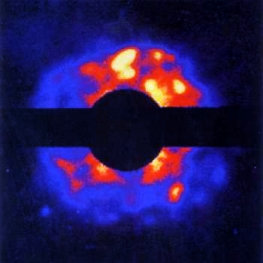
What's in a name Claim to Fame: One of the brightest distant stars in the galaxy. Remarkable wind blowing off a portion of the outer atmosphere. Losing mass at the rate of 1 solar mass every 10,000 years.
...more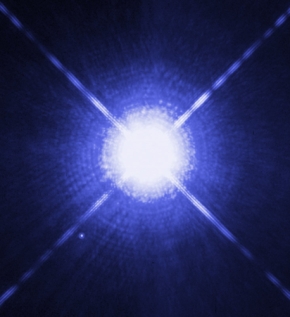
What's in a Name: Greek for "Scorcher". Also called the "Dog Star". Sirius was not visible in the night sky during the summer months, therefore the Greeks thought that Sirius added its heat to that of
...more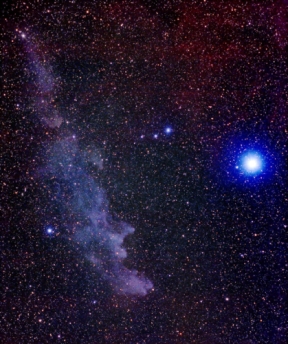
What's in a Name: Arabic for "foot" Claim to Fame: One of the galaxy's brightest stars. Apparent visual magnitude = 0.1 Type of Star: Brilliant bluish-white Supergiant (B8 1a Spectral Type) How Far Away:
...more









